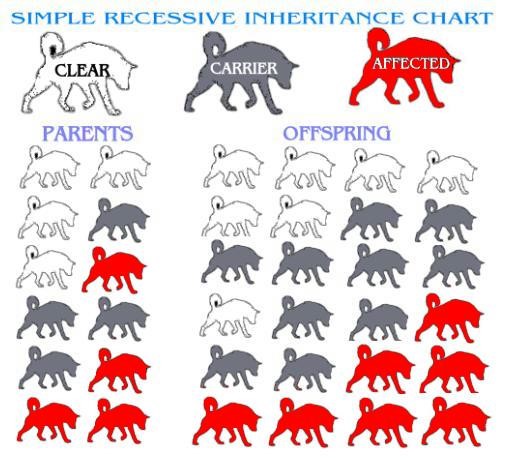Health Testing
The AMCUK is committed to promoting the breeding of healthy Alaskan Malamutes. Current health testing is written into the Club’s rules and code of ethics to ensure that puppies bred by our members are given the best chance of a long, healthy life. All AMCUK members undertake to breed from health tested stock and the status of membership for any breeder can be checked by emailing the Club Secretary at secretary@alaskanmalamute.org.uk
Available Testing for the Alaskan Malamute
Hip Scoring
Hip scoring is achieved by taking an x-ray under sedation or general anaesthetic by a qualified veterinary practitioner and the x-ray being scored by a specialist panel at the British Veterinary Association (BVA). The resulting score is recorded with the Kennel Club. The x-ray should be performed after the dog is one year of age and is a mandatory test for AMCUK members. The result must be known prior to breeding.
Hereditary Cataracts
Eye Testing is carried out by a qualified specialist veterinary surgeon and recorded by the British Veterinary Association, being shared with the Kennel Club. Eye testing should be carried out annually from one year of age and a clear result is required before breeding. The test is mandatory for AMCUK members.
Polyneuropathy (PN)
The PN test involves a simple mouth swab that is sent away to a participating lab for testing using the dog’s DNA. This test can be carried out as soon as the puppy is weaned or any age thereafter. The test is mandatory for AMCUK members and the result must be known prior to breeding.
Cone Degeneration (CD)
The CD test involves a simple mouth swab that is sent away to a participating lab for testing using the dog’s DNA. This test can be carried out as soon as the puppy is weaned or any age thereafter. The test is highly recommended for AMCUK members and the result should be known prior to breeding.
Primary Ciliary Dyskinesia (PCD)
The PCD test involves a simple mouth swab that is sent away to a participating lab for testing using the dog’s DNA. This test can be carried out as soon as the puppy is weaned or any age thereafter. The test is fairly new to the genetic testing list and is recommended.
Coat Length/Colour
Whilst not technically a health condition, the length of a coat has a bearing on the ability to survive in arctic conditions, therefore it is important to consider the coat as part of the overall picture. The coat test involves a simple mouth swab that is sent away to a participating lab for testing using the dog’s DNA. This test can be carried out as soon as the puppy is weaned or any age thereafter.
Simple Mode of Inheritance
All of the present genetically testable conditions in malamutes are inherited in a simple recessive mode of inheritance. This means that the conditions if carried by one or both parents will be passed on as affected or carrier in a number of puppies,. Below is a simple chart of predicted percentages to help with breeding decisions. Ultimately DNA testing is the way forward in eliminating these conditions.

Expected Results for Breeding Combinations | |||
Parent 1 Genotype | Parent 2 Genotype | ||
Normal | Carrier | Affected | |
Normal | 100% Normal | 50%Normal 50% Carriers | 100% Carriers |
Carrier | 50%Normal 50% Carriers | 25%Normal 50%Carriers 25% Affected | 50%Carriers 50% Affected |
Affected | 100% Carriers | 50%Carriers 50% Affected | 100% Affected |
It is important to understand from the diagram above that a probability relates to each puppy, not to the litter as a whole. A litter of 8 puppies with one parent a carrier and the other normal will not result in 4 normal and 4 carrier puppies, each puppy has a 50/50 chance of being either a normal or a carrier and that is true for all combinations.
Below are the KC guidelines in using affected or carriers in a breeding programme.
https://www.thekennelclub.org.uk/health-and-dog-care/health/getting-started-with-health-testing-and-screening/dna-testing/breeding-advice-for-dna-test-results/
